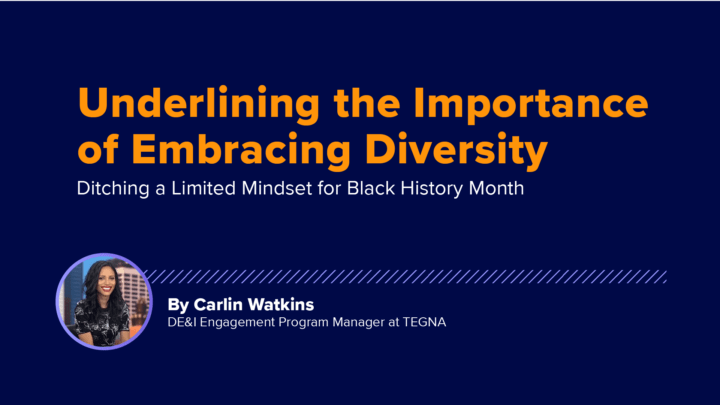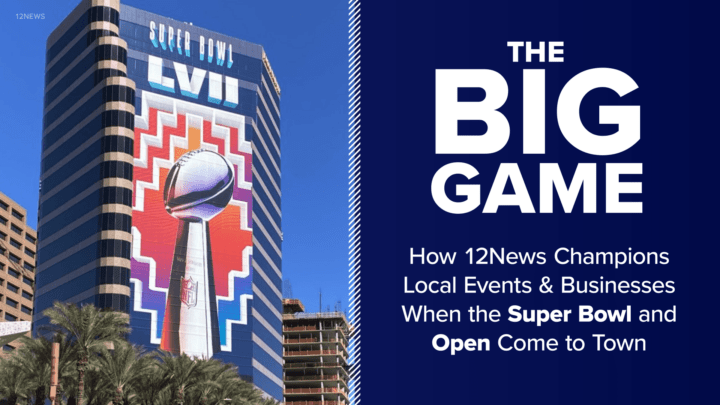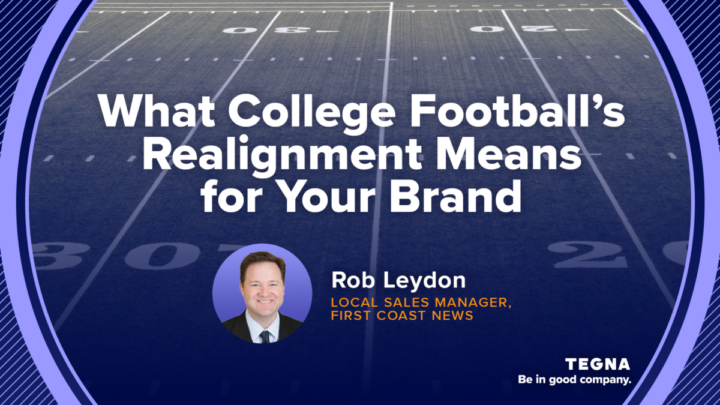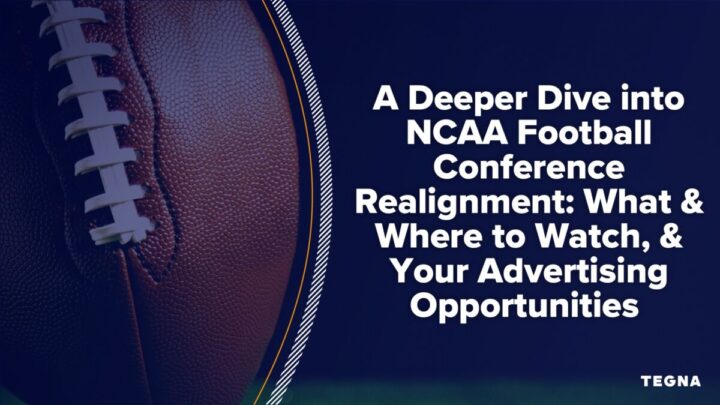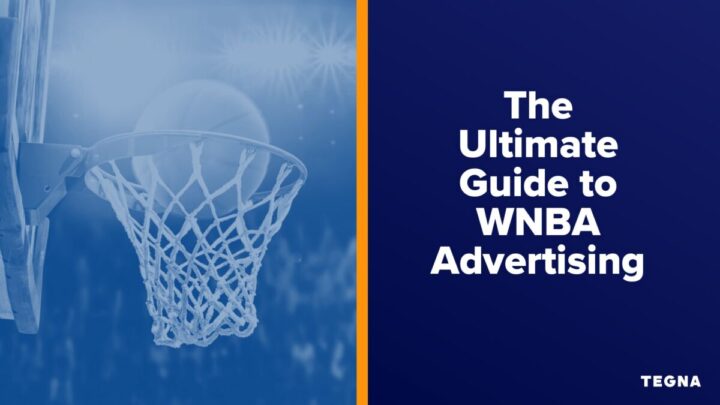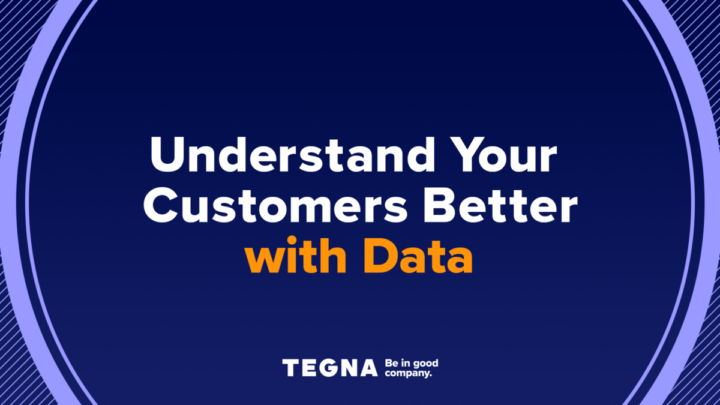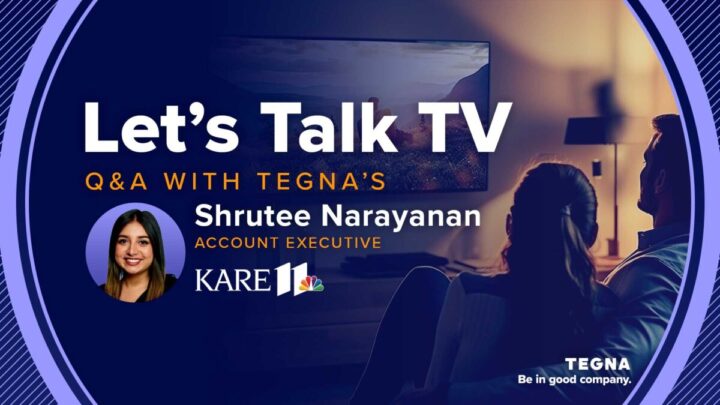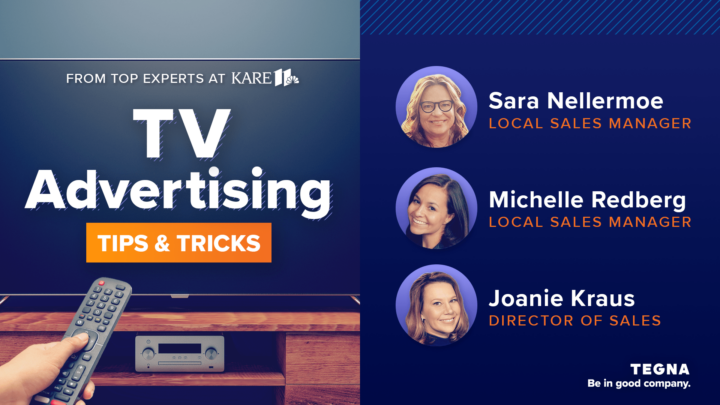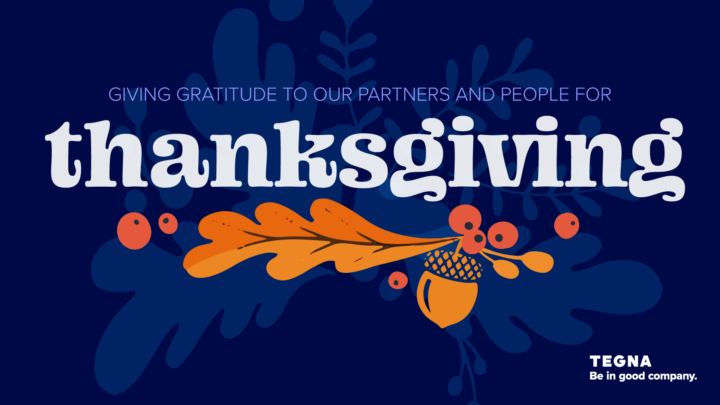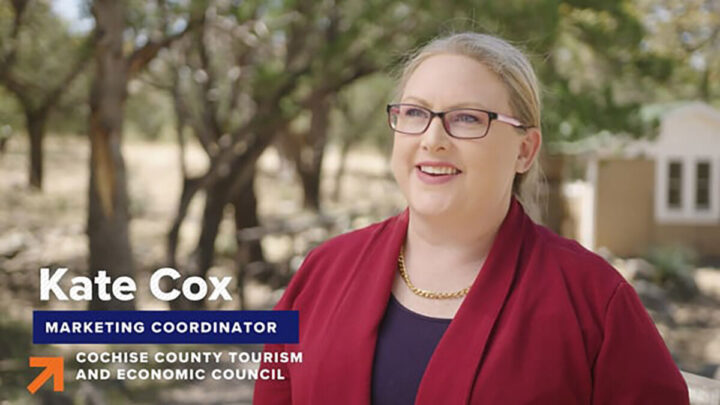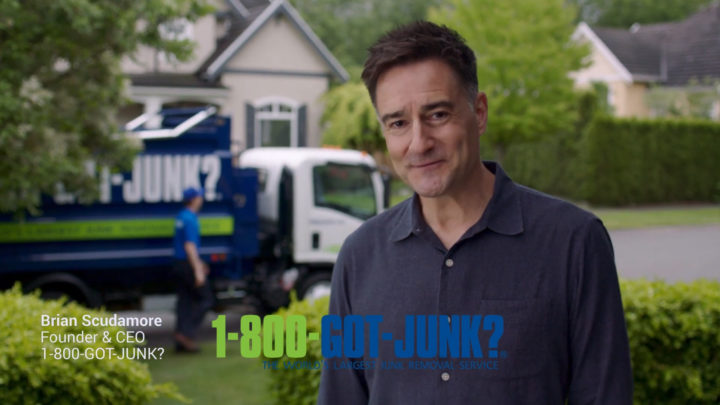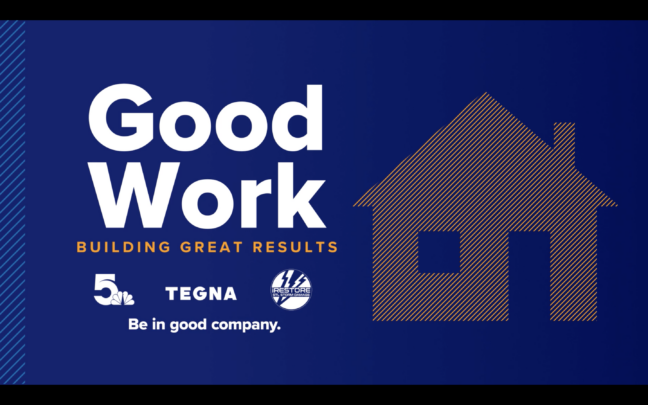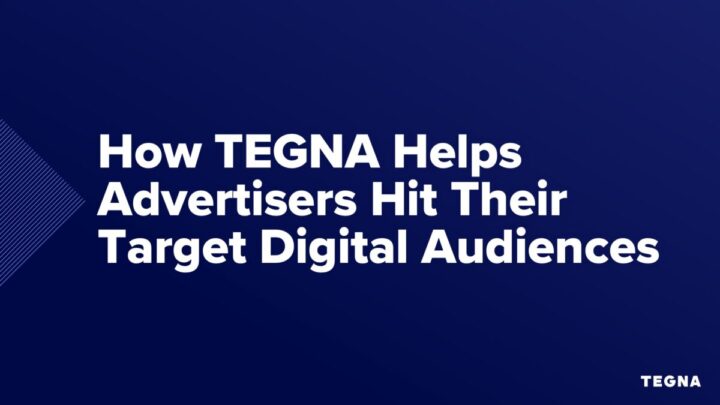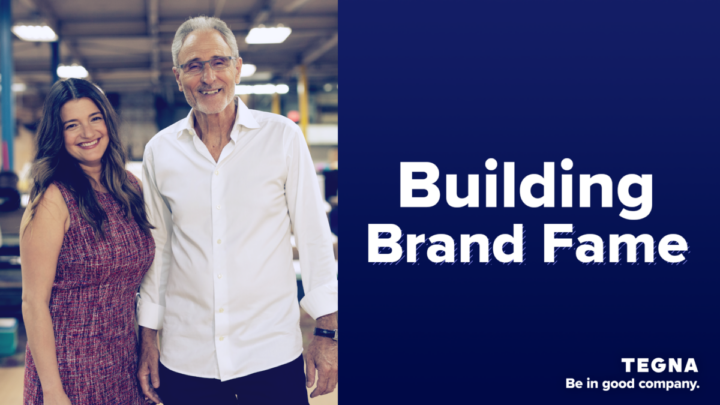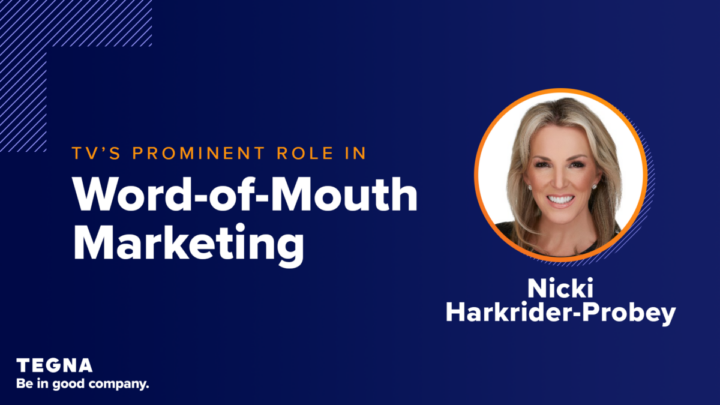What ‘80 for Brady’ Means for Your Brand’s Targeting and Marketing Strategy
Every brand is running plays to reach millennials and Gen Z these days. But the popularity of the new movie ‘80 for Brady’ underlines how advertisers can’t forget about the Boomers and Gen X when it comes to their marketing strategies.
While “old man” Tom Brady won’t be gracing the Big Game during this year’s Super Bowl, he will be gracing the big screen – along with (mostly) octogenarians Jane Fonda, Lily Tomlin, Sally Field, and Rita Moreno.
“80 for Brady” is an adaptation of the true story of four best friends who “take a life-changing trip” to see their football hero, Tom Brady, take on the Atlanta Falcons in Super Bowl LI – and all the chaos that ensues. It’s no secret that tickets to the Super Bowl can cost upwards of $5K, so for marketers, the movie reminds us of the purchasing power that older generations, such as Boomers and GenX, possess. In fact, AARP projects that people over age 50 will contribute $118 trillion to global GDP by 2050.
Why should brands target these older audiences?
With most brands focusing on targeting Millennials and Gen Z, older consumers don’t get a ton of attention when it comes to advertising – and that’s a mistake. Sue Tremblay, Senior VP and Sales Director at Nielsen, outlined why when “And Just Like That” came out, detailing how the 55+ segment of the population grew 14.74% from 2011 to 2021, along with their spending power overall, and how much they spend in the home improvement category.
It’s a sentiment echoed by David Ernst, VP of Advanced Television & Digital Analytics at A+E, at a 2021 Upfront presentation. “One of every three adults is 55 plus, and it’s the fastest-growing demographic group,” Ernst said. “They have the most money by for of any demographic group, and when you put together the size of this audience, the disposable income they have, and the fact that they do respond to advertising, we think it’s really an untapped marketplace.”
Where should brands reach these older audiences?
Linear and broadcast TV are inviting options. The most recent Nielsen Scarborough USA+ survey found that the average age for a broadcast TV viewer is 52, and the average age for a local news viewer on traditional linear TV is 55.
Additionally, TVB found that local broadcast TV news is the primary source that 47% of adults 50+ turn to for local traffic, weather, and sports. Additionally, 78% of these folks trust their local broadcast stations, which include their websites and apps; and 52% are motivated to search online for a product or service after seeing an ad on TV.
Creative Tips for Reaching Older Audiences
We’ve talked about the importance of diversity and inclusion in advertising, and this goes for different age groups, too, not just gender or race. An A+E Networks study found that “mature adults represented less than 10% of the faces in ads for cosmetics and hygiene, autos, food and beverage, retail, travel, restaurants, entertainment, electronics, and technology.”
It’s a troubling stat not just for mature adults but also for marketers as this segment “controls 52% of annual expenditures or about $4.2 trillion dollars,” which is more than half the consumer spending in categories including retail, home improvement, wireless, jewelry, health clubs, airlines, and dining.”
“TV is reflecting and reinforcing an ageist culture at a time when diversity and inclusion are being encouraged for other segments of the population,” Marcella Tabares, Senior VP, of strategic & cultural insights and ad sales research at A+E Networks, told Broadcasting & Cable.
“Our ageist culture has created this sense of disgust with the idea of showing aging skin and aging bodies. We’ve stood up this idea that youth is all things good, vitality, innovation, creativity, strength, vigor, and in opposition to all the things that are associated with aging. But that’s not the reality. This is a social construct. It’s essentially a social myth, and it’s getting worn out.”
About TEGNA
Continuing our commitment to keeping our clients in good company in the upcoming year, we promise to deliver audiences as diverse as the communities we serve. Whether you’re on Main Street or a Mom and Pop shop, TEGNA has an ideal audience for you. Let’s get in touch.
